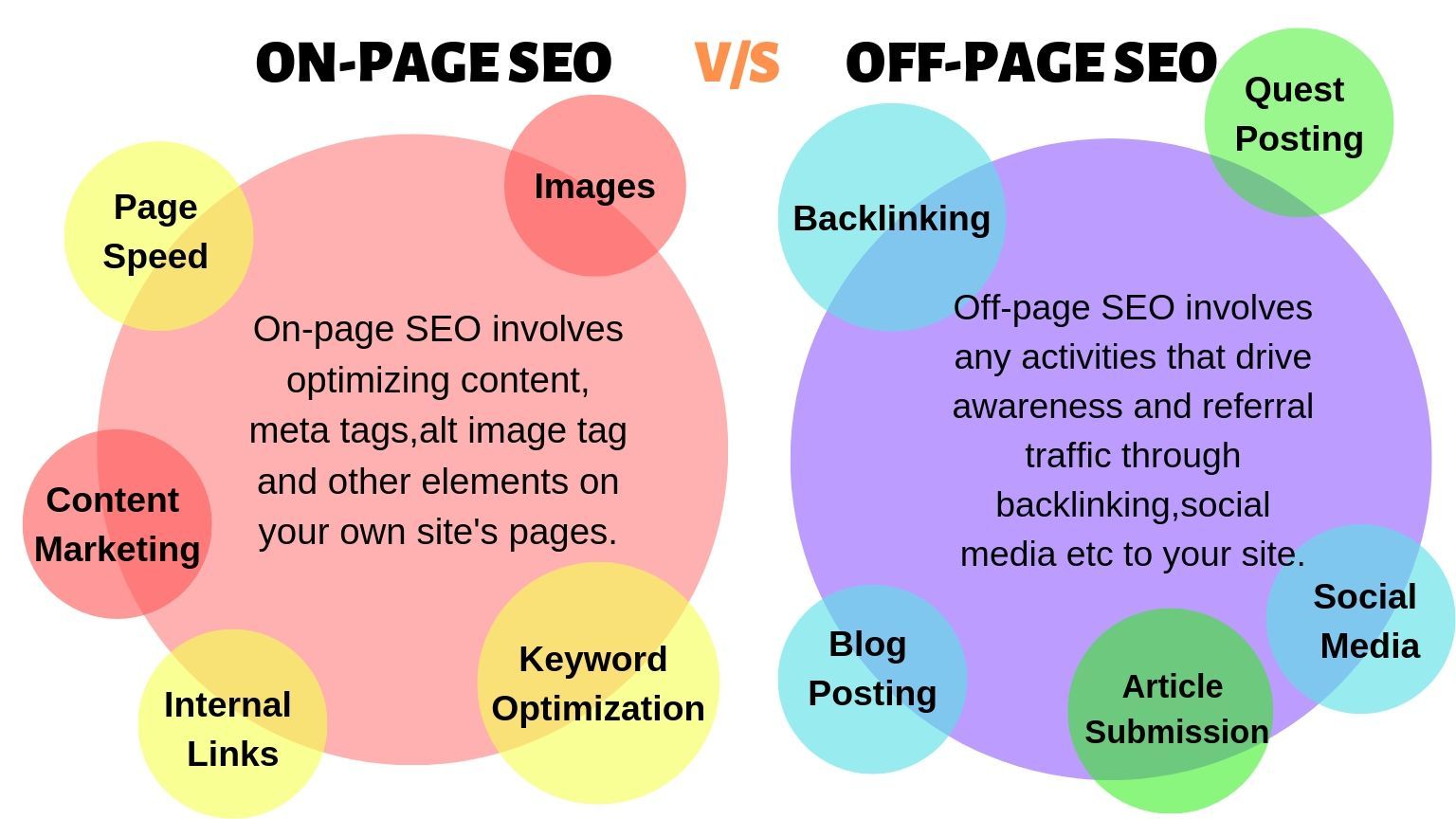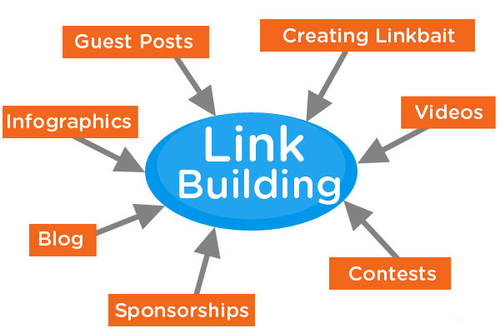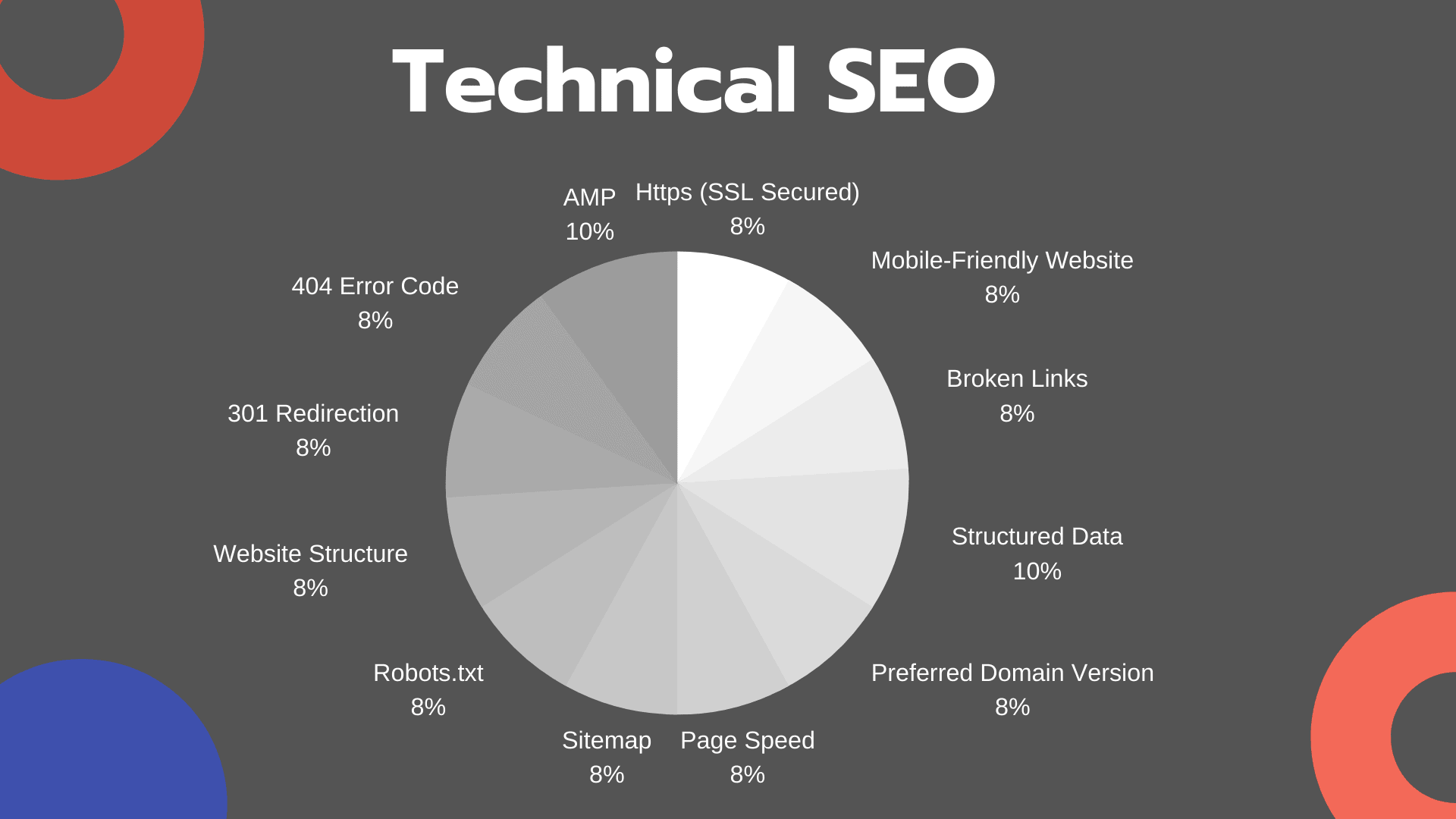Today’s consumers have a lot of options to choose from while purchasing something online. Creating a website is not enough. In order to survive in a cut-throat marketing environment, you need to take efforts to rank higher in search results and outrank your competitors. And SEO is the best way to accomplish this goal. Creating a powerful SEO campaign is the only way to reach across a broader audience and improve sales. In this post, we will cover how to do SEO and rank among the top Google search results.
Page Contents:
How to do SEO?
Keyword Research
The first step of an SEO campaign is understanding what your target audience is searching for and how to create content that matches their search intent.
Keyword Research is the process of finding what your consumers are searching for online. Two primary reasons for conducting keyword research are to rank on Google search results and create relevant content. You can use keyword research tools to search for a particular keyword. Factors to consider while identifying keywords:
Search Volume: Search Volume is the number of people searching for a particular keyword. The more is the number of people looking for certain keywords, the higher are its chances of ranking on SERPs. On the contrary, if no one is searching for the keywords, there is no audience available to find your content on the search results.
Relevance: Keyword relevance is the connection between the content and the users’ search query. Keywords should be relevant as per the context and match the search intent of the reader.
Competition: Keywords with high search volume can drive more traffic compared to keywords with low search volume. But, competition to rank for these keywords is also higher.
On-Page SEO
Once you have your keyword list ready, the next step is to include the keywords and optimize your site content. On-Page SEO involves optimizing the website content enabling search engines to better understand and index the content.
Title Tag: These are blue-colored clickable links that show up at the top of the search snippet results. Make sure to include your main keyword in the title tag and create an appealing text that can capture readers’ attention.
Meta Description: It is the description of the webpage content and is displayed below the title tag. As the length of the description is limited to 160 characters, ensure that it is compelling with all relevant details.
Alt-Text: It is used to describe the images in the post. The primary purpose of Alt text is to verbally describe images to visually disabled people.
URL slug: It breaks down the details of the post. Always include the focus keyword into the URL slug. Also, ensure that the length is not too long.
Webpage Content: Content is beneficial both for your readers as well as search engines. The more number of posts your site has, the easy it gets to rank on SERPs. Crafting quality content is key to attracting readers and driving maximum traffic to your website. Make sure your posts are engaging and appealing to the customers.
Link Building
Links from authority sites serve as votes and indicate that your content is trustworthy and relevant. It is important to focus on building quality links than increasing the number of links. Some of the popular link building strategies are:
Guest Blogging: Guest blogging is when you write posts for different websites. Most websites allow guest authors to add their site links to the posts.
Skyscraper technique: In this module, you build links by creating content that is better than all the posts people are currently linking to.
Analyzing competitors’ links: Evaluating how your competitors are generating backlinks is the most effective way to build links. You can opt for a keyword research tool to understand competitor strategy and backlink-building process.
Technical SEO and Site Architecture
Good website architecture is a prerequisite to a great user experience. Following are the components in site architecture:
Easy to Crawl: Creating a site structure that enables search engine bots to crawl the web pages is a crucial SEO success factor. Crawling allows search engines to understand what the page is about resulting in efficient indexing and ranking.
Canonical issue: Canonical issue occurs when there is a lot of duplicate content on the site and one or more URLs display similar content. Make sure to fix these issues as they may hurt your site SEO.
Page Speed: If the page loading speed of your site is too slow, it may impact rankings and also lead to site penalization by Google.
Mobile-friendliness: As Google indexes firstly for mobiles, it is imperative to create a website compatible with mobile devices as well. Making your site mobile-responsive not just helps in reaching across a wider audience but plays a major role in improving the rankings on search results.
HTTPS and SSL: HTTPS and SSL serve as a security measure for your website. Having an SSL certificate installed on your website indicates the trustworthiness of the site and also improves rankings.
Google’s EAT Guidelines for SEO
EAT stands for Expertise, Authority, and Trust. Google Guidelines state that page quality plays a major role in determining page ranking. With these guidelines, Google makes sure that the content that the site conveys is valuable, relevant, and useful for the readers. Google aims to ensure that users are provided with quality and trustworthy information.
The greater your application of EAT guidelines in the content, the greater are the chances of improving site visibility and boosting search traffic. Make sure your content abides with all the Google regulations and guidelines to improve user experience and deliver value.
Building your online presence is a continuous task. SEO has become an integral component of all marketing campaigns as it drives traffic, creates engagement rates, and promotes a great user experience. SEO is vital to build brand awareness, expand outreach thereby making it a top priority for online marketers. Customers in today’s digital environment turn to research products and services before purchasing. Putting information in the hands of customers as and when they need has made SEO the most profitable revenue-generating stream.



